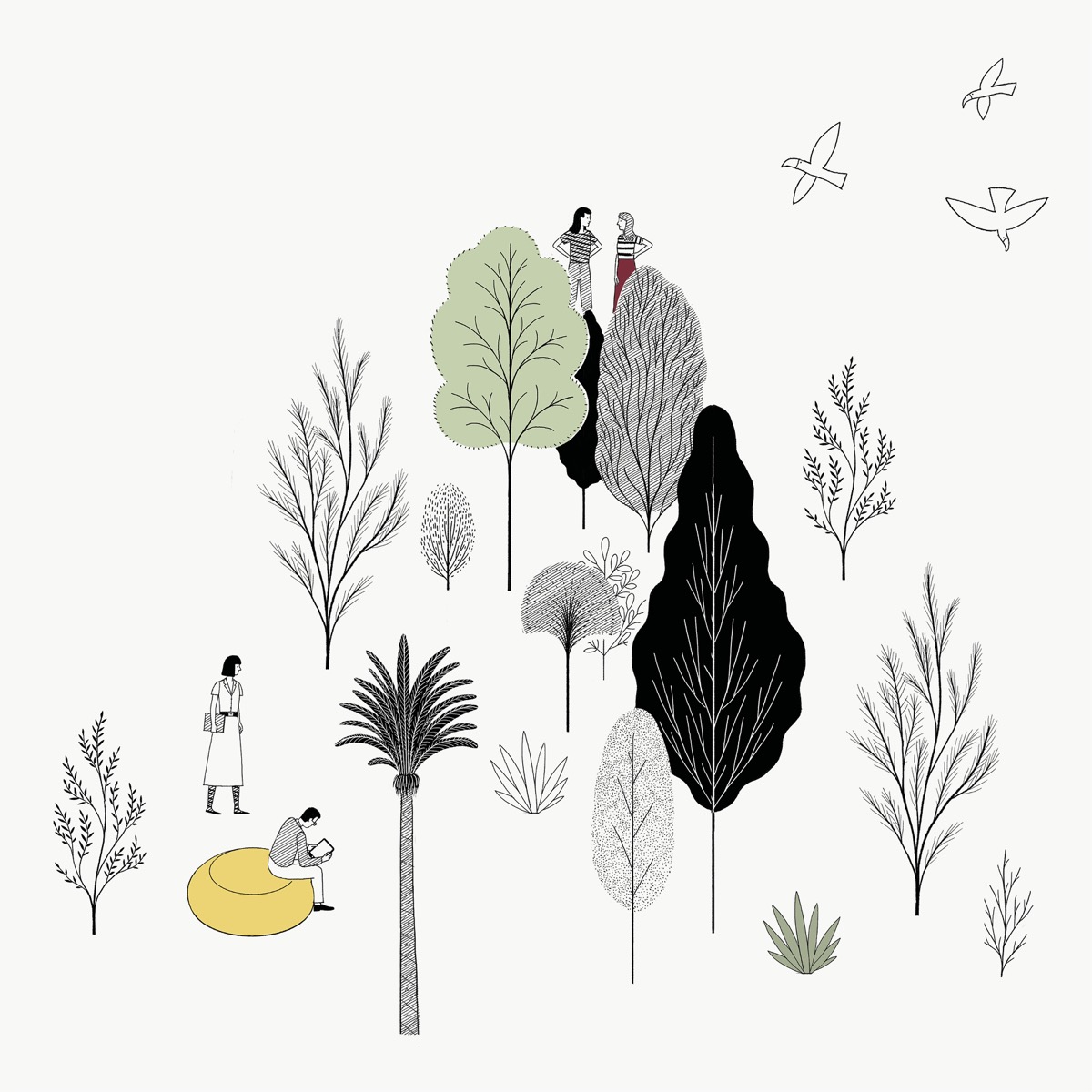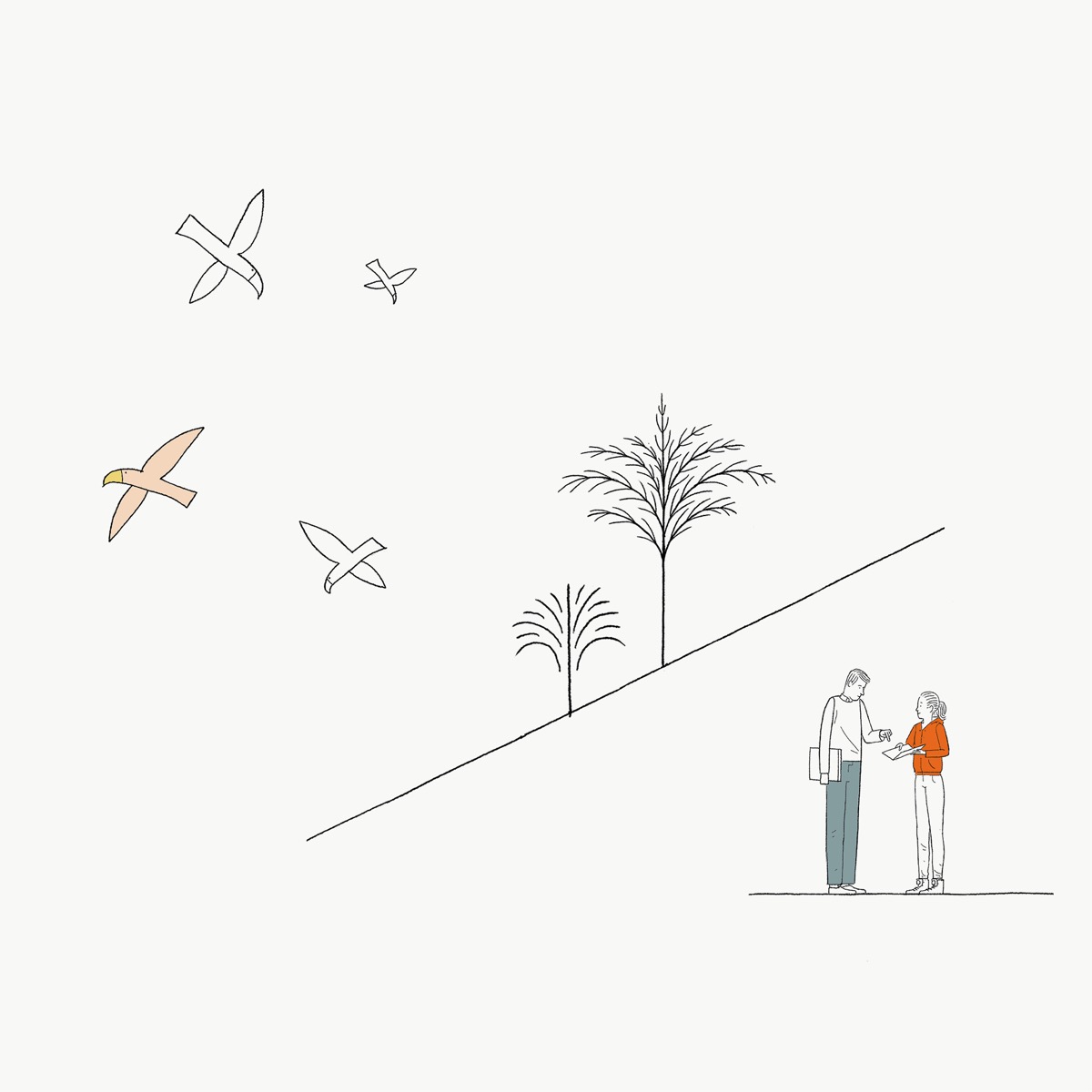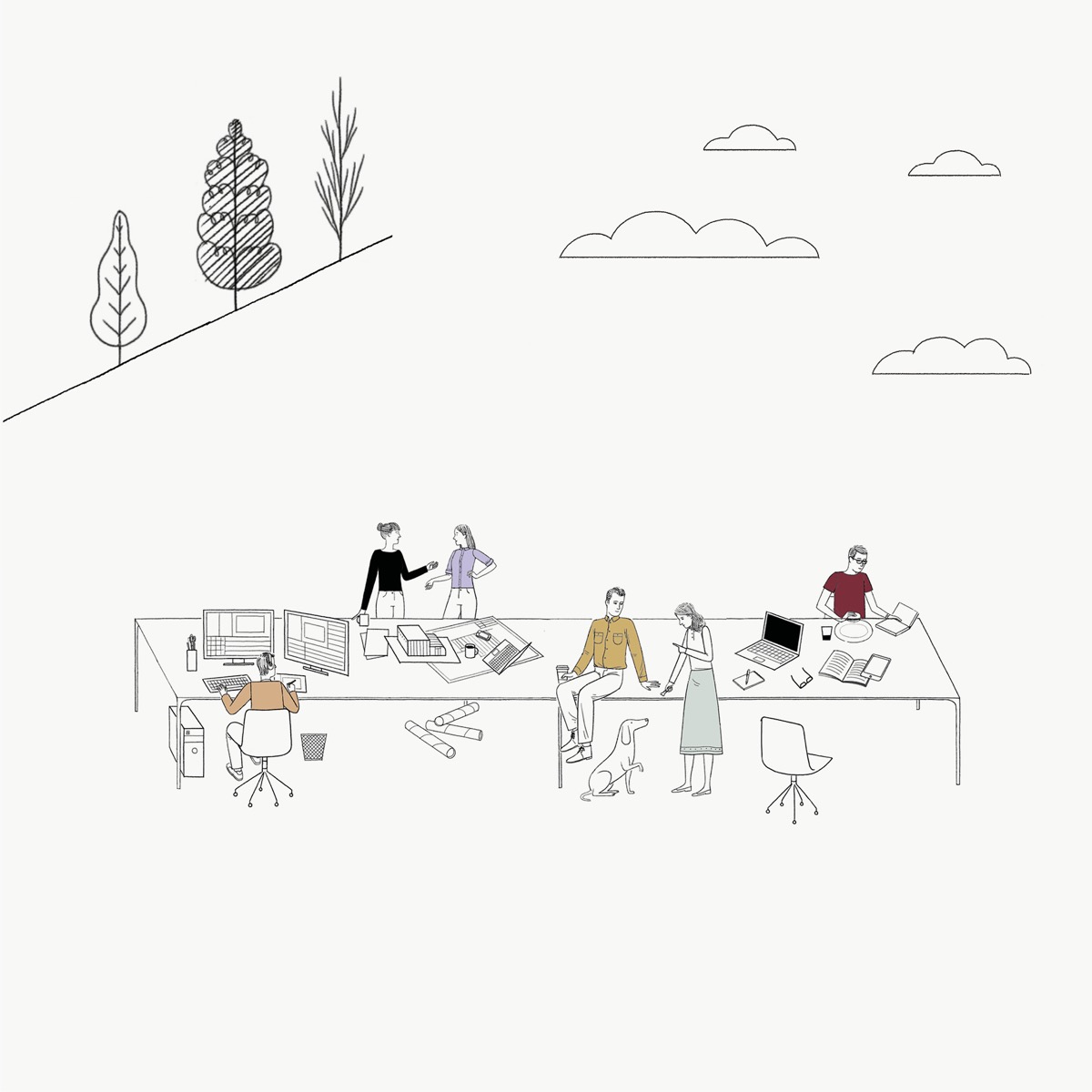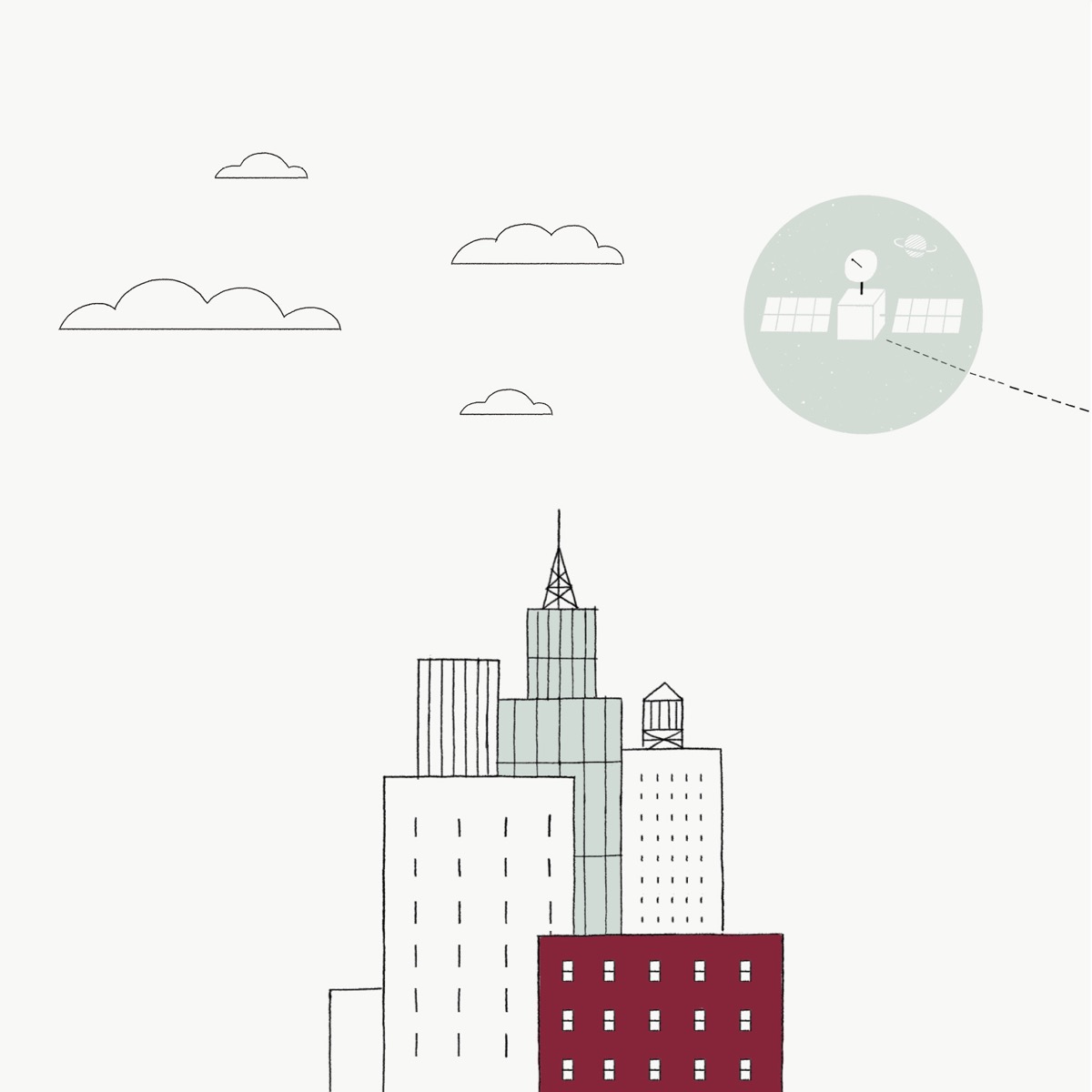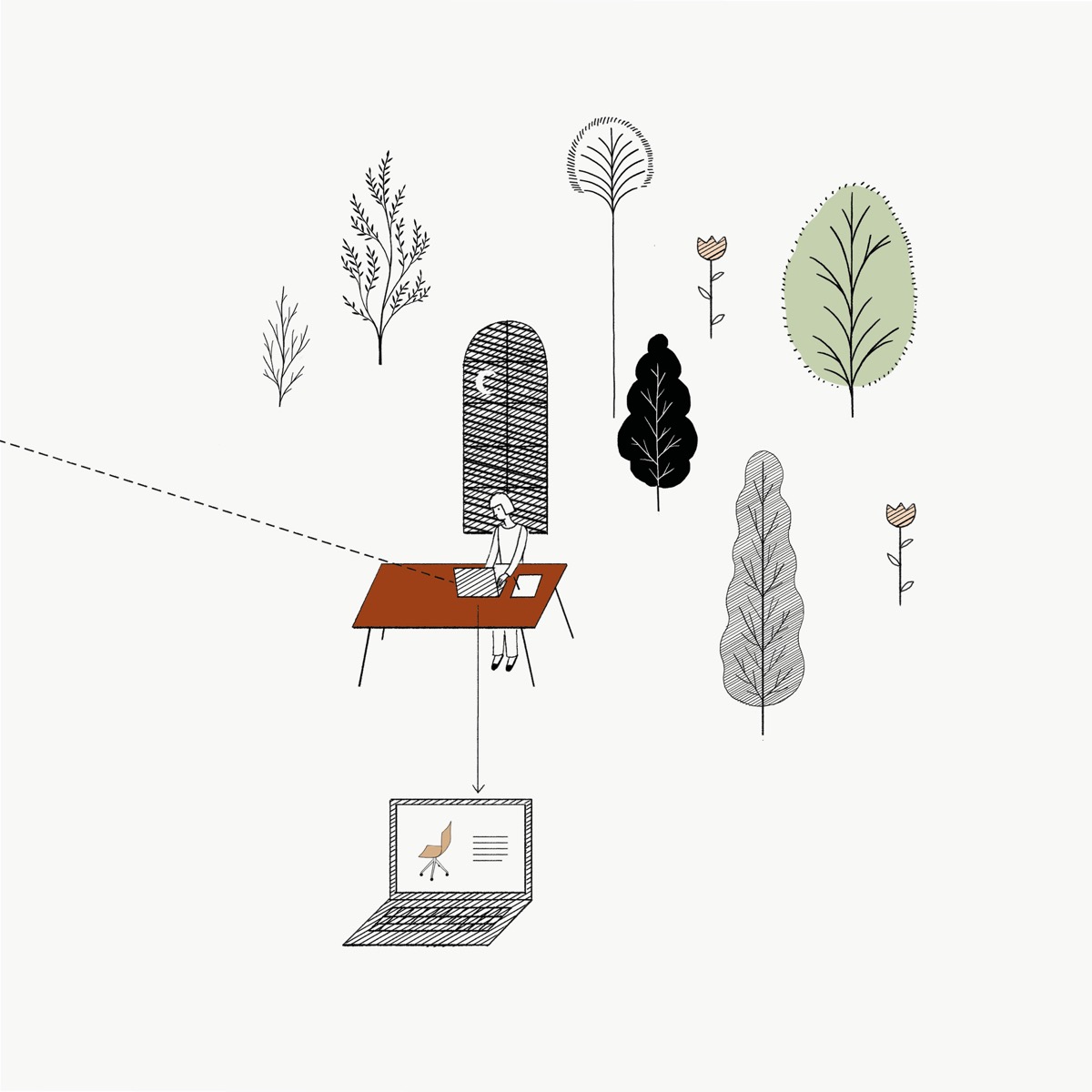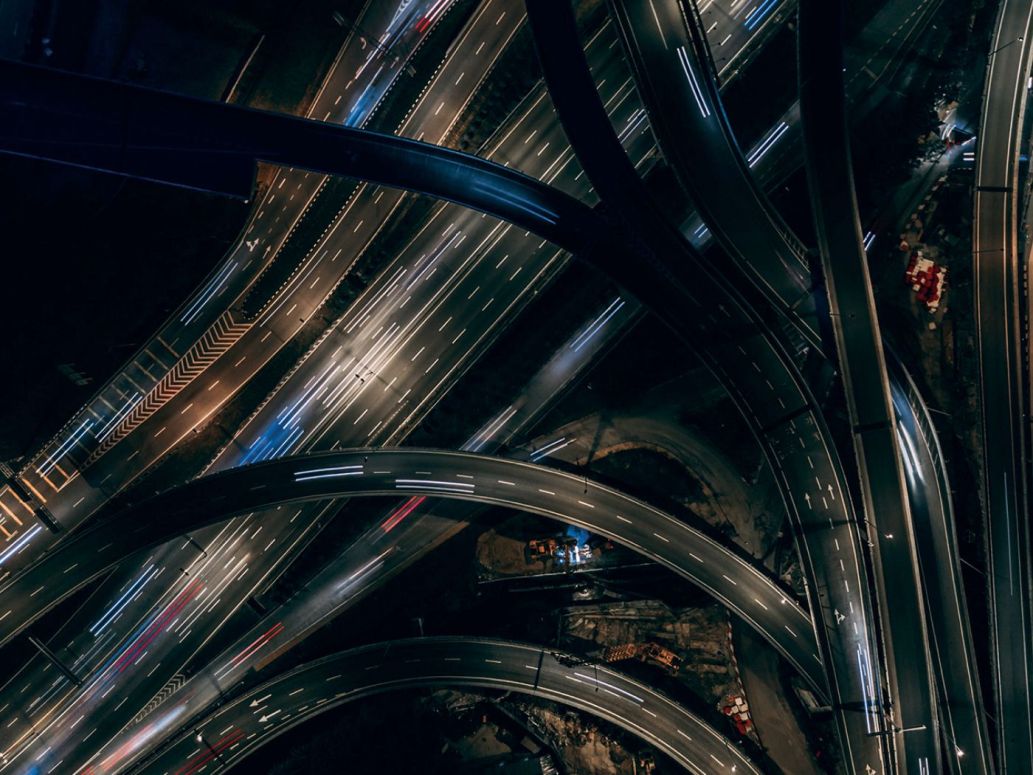
The dialogue between designer Jeannette Altherr and design journalist and trend researcher Frank A. Reinhardt sees the complexity of the sustainability issue as a challenge for designers, companies and consumers alike and shows that the key to finding solutions lies in holistic thinking. A snapshot of the sustainability debate in the interiors sector.
Frank: For a long time, the connection between interiors and nature was nothing more than a discussion about low-toxin furniture driven by the eco movement – so it was basically a question of a healthy indoor climate rather than a healthy global climate. That’s changed in a big way. Today, “green living” is measured by aspects like the climate neutrality and sustainability of the design. And because furniture is so close to people and so present in their lives that it’s almost like a second skin, our expectations of its compatibility with humans and the environment are no less complex than what we expect from our food or clothes. The question is, what function can the designer serve in all this? Because at the end of the day, design’s success as a problem-solving discipline in the early 20th century was partly based on designers’ close collaboration with new production technologies. But today’s situation is a lot more complex – it’s almost impossible for the individual designer to keep track of every development. Perhaps that’s also the root of the deep longing for a new kind of simplicity that we’re seeing in the work of many young designers. What’s your approach?
Jeannette: We’ve always identified with “essentialism”. The difference between that approach and simplicity is that we’re not so much interested in aspects that only relate to form as in the search for what’s important, what really matters. And is there anything more important than life itself? Our sense of beauty and our idea of a good life are closely linked. We might not always know what’s beautiful, but we have a very precise idea of what isn’t beautiful: poverty, destruction, monotony. Right now we’re experiencing how our idea of nature as “the other” is changing – from nothing but a resource provider to the idea of nature as a living system in its own right. We’re coming to see ourselves as part of this living system, not as something that stands above it. Balance is an essential aspect of that. This development will definitely change our perception of what’s beautiful.
As designers, we try to find a form for something that’s already in the air – a wish, a mood, a vague, collective desire – but hasn’t found expression yet. We identify those tendencies and bring them to our clients’ attention.
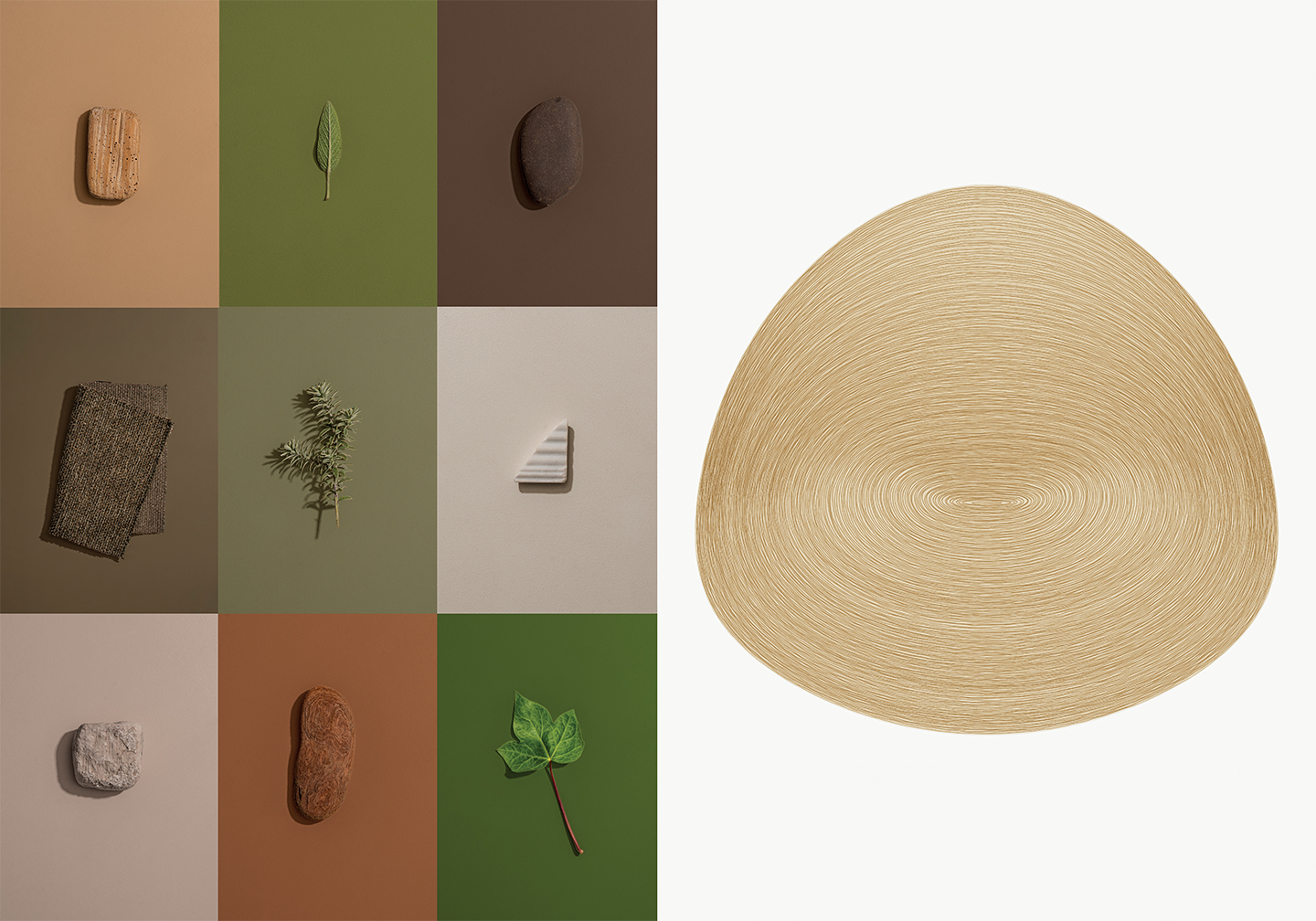

Frank: That underpins my view of the designer as a creative partner in a company. The more complex the assignment, the more important their role becomes: designers bring new ideas and inspiration to a company, paired with the willingness to think outside the box and be part of the solutions. I think today’s designers are faced with incredibly high expectations, because their status and reputation is only partly based on admiration for their sense of style. The discussion in social media clearly shows that people hope designers will provide orientation in terms of how sustainable a product concept is too. That’s probably due to the legacy of the pioneering days of design to some extent, but it’s also an expression of people’s lack of orientation, which is only made worse by greenwashing. As a result, people see designers as the best hope for solving problems through technical progress. But I’m afraid that might be too much to ask of them.
Jeannette: First and foremost, it’s me who puts the pressure on myself. As long as product design turns into consumer goods, being a designer means being closely linked with the fundamental problem of overconsumption. It’s a similar story with architects. That’s why a lot of designers are asking themselves whether they can actually carry on designing with a clear conscience at all, and if so what and how. For me at least, those questions led to a genuine crisis. And then there’s the enormous complexity of our moment in time. We have to comprehend that something can be “both ... and”, that contradictions exist alongside one another as well as within ourselves, and that there are many questions that have no single easy answer: we’re all part of a big collective learning process. You have to free yourself from the idea that you’ve got all the different factors under control. To start with – and forever after – you have to learn a great deal, because there are an incredible number of factors to take into account: from the origins of the materials to the production conditions, energy input, quality/longevity, long usage as a result of versatility, service requirements, transport costs and packaging, and last but not least recyclability. And on top of everything else, there are social aspects to be considered as well.
I think the idea of what design can be will expand beyond the production of products. In “Broken Nature” (an exhibition at Milan Triennale), for instance, I was particularly moved by the examples of conserving, cherishing and documenting, as well as by the examples that visualised the dramatic nature of the world situation. Because scientific findings alone aren’t enough to change the way people think. We have to progress from knowing to understanding. Designers are becoming a filter in the sense that they observe all the different trends and tendencies and pick out and try anything that seems viable.
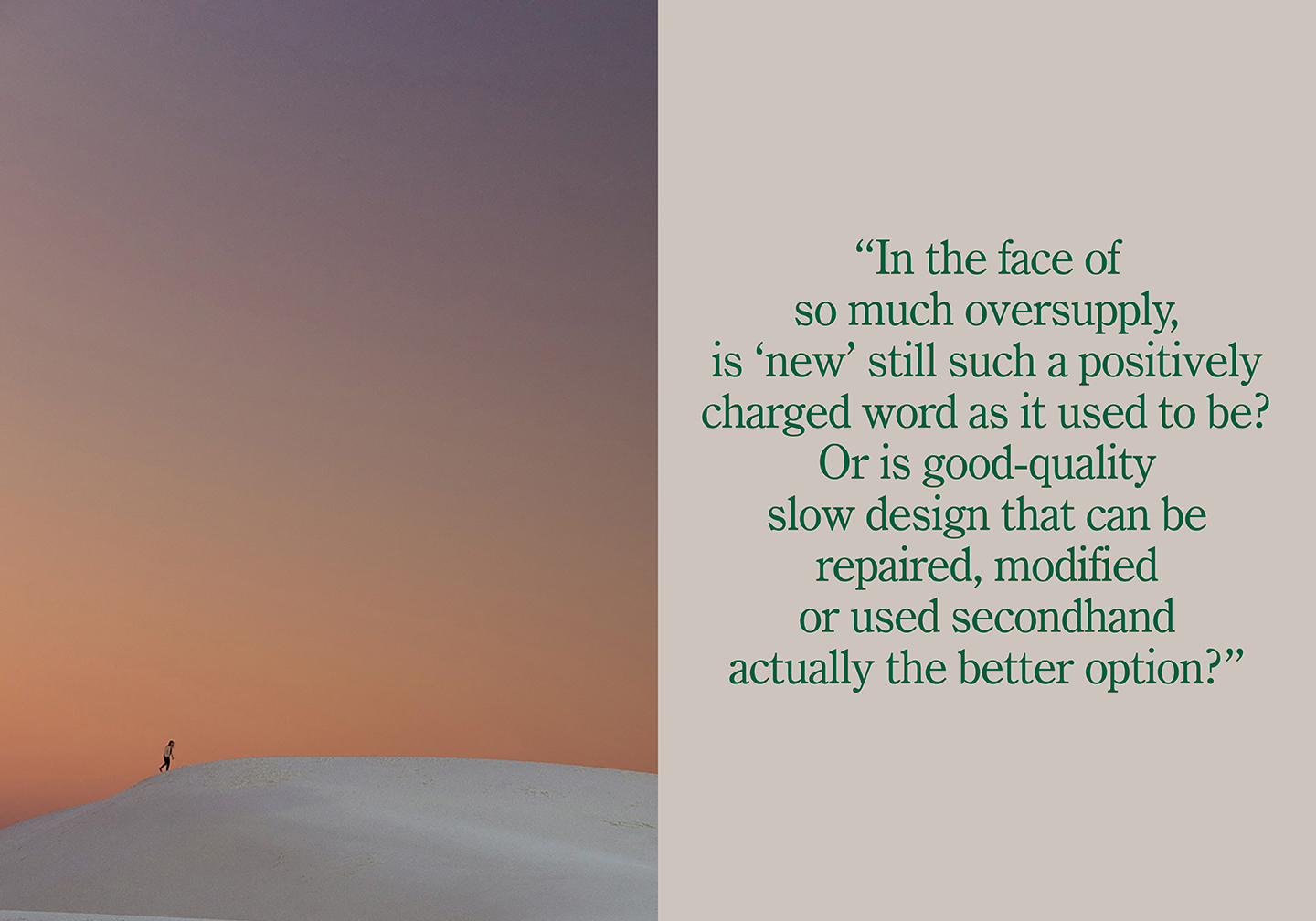

Frank: The discourse about sustainability models is very dynamic because, in the media society we live in, sensations are hyped and the latest insights can become obsolete the very next day. The whole topic of food and health is a minefield – no sooner do we discover a magic cure than it turns out to be full of pesticides, produced in a way that doesn’t meet social standards or a danger to biodiversity. In the interiors sector we’re at an advantage because the debate isn’t that hectic (yet). Experiences with products like furniture take longer, but on the other hand the learning processes require higher investments. At the same time, the industry has to be prepared for the fact that raw materials that are promoted with sustainability arguments, like wood for example, could eventually become scarce too.
Jeannette: Yes, especially in view of this year’s devastating fires in the Amazon region and even more so in Australia, you start wondering whether you can carry on seeing trees as a renewable resource. In the face of so much oversupply, is “new” still such a positively charged word as it used to be? Or is good-quality slow design that can be repaired, modified or used second-hand actually the better option? The industry needs to give serious consideration to scenarios like that in good time. We have to rethink everything with an open mind.
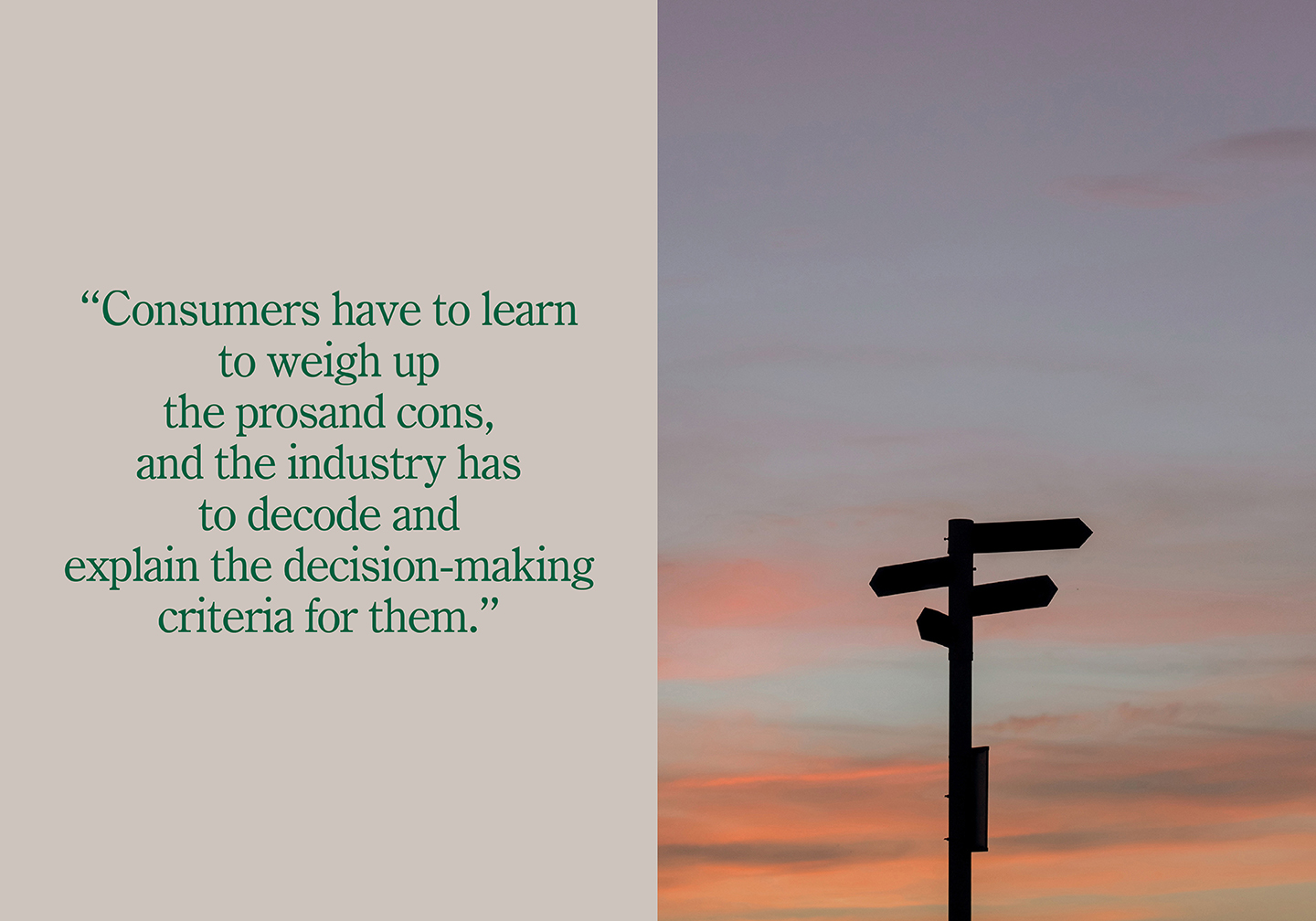

Frank: That brings us to the big question: how natural does sustainable furniture have to be? To begin with, natural materials like wood, bamboo, stone or natural fibres like wool sound more sustainable. But that brings another potential contradiction to light, because it’s not necessarily always the most natural product that’s the most sustainable. And in general, you can’t tell whether furniture is made from certified wood or sustainably produced just by looking at it. It’s more likely to be the price that identifies it as sustainable – and not everybody is willing to pay that price. But that will probably change. Over the next ten years, growing perception of climate change and concern about our environment will change buying behaviour and trends in the interiors sector.
Jeannette: It also brings us to the question of how consistently sustainable your actions have to be in order to be perceived as a sustainable brand. How radical do we have to be? Can companies only be regarded as serious if they’re 100% sustainable? How do you deal with contradictions?
Frank: By telling people the truth: that there are no 100%-sustainable solutions, just as there’s no such thing as the perfect product. Consumers have to learn to weigh up the pros and cons, and the industry has to decode and explain the decision-making criteria for them. That’s a difficult task for both sides, because consumers like easy, perfect solutions and big, red apples with no blemishes – accompanied by a nice eco-label to make them feel good. However, it’s possible that no such thing exists, and that’s a learning process we have to put consumers through. But nobody wants to be the first to stick their neck out.
Jeannette: The debate is so emotionally charged, and we’re in such a state of shock, that we feel a pressing need to do something and do it fast. And that often leads to simplified answers. Is it really better to replace plastic bags with cloth ones, for instance? And then end up with countless cloth bags that you never use again? Does it make sense to replace plastic straws with metal or glass straws? If a non-plastic cup has to be reused up to 3,000 times before the amount of resources that go into making it is lower than what goes into making a plastic cup – does that mean we should just keep relying on plastic? The fact is, we have to take a much more fundamental approach and think in life cycles. It’s not enough to stick with the throwaway system and simply replace the materials.
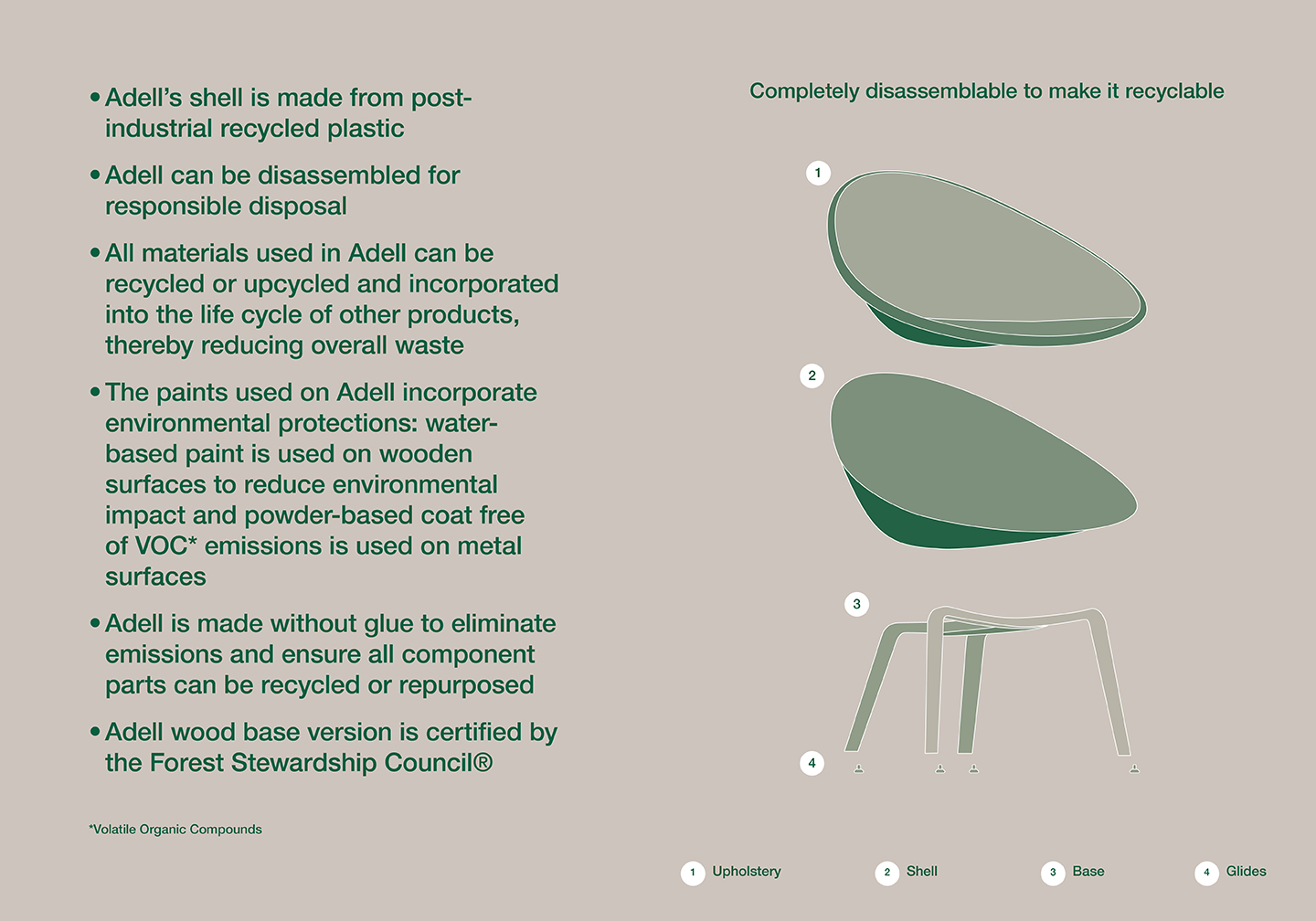

Frank: And at the same time, we have to learn to differentiate – quickly. At the end of the day, nobody questions the fact that we need to get the plastic waste out of our oceans. But the reflex reaction of demonising plastic falls short. On the one hand, plastic made from fossil resources is a very valuable and scarce material; in some areas – like certain medical applications – it’s irreplaceable, at least for the time being. On the other hand it’s a resource that’s being wasted, for instance by the mountain of packaging caused by a throwaway society with an ever-growing appetite for convenience products.
Jeannette: Right: it’s a mistake to see plastic as the root of all evil on the planet, and thinking that bioplastics alone solve the plastic problem is no less misguided. It comes with its own challenges. The real question is: which material really makes sense in what context? Durable plastic for furniture or devices is not the same thing as throwaway plastic. We so want to do the right thing – but what is the right thing? Abstinence? Or “better” consumption? And that soon raises the question as to who bears responsibility – the consumer or the manufacturer?
Frank: First and foremost, the new dynamism in the fight for the climate is definitely something positive. It’s given people a wake-up call, and the process is irreversible. What’s needed now is the courage to keep driving this development forward. And in my opinion, that means you have to ask consumers to do their bit as well. Information is the basic prerequisite for making independent decisions. Brands have to earn credibility by providing information that’s transparent and comprehensible. I like to imagine that one day I’ll be able to buy a chair that comes with a leaflet containing more than just the usual congratulations on purchasing a top-quality and sustainably produced product – a leaflet full of transparent, meaningful information.
Jeannette: Consumers want to be able to rely on the manufacturer being genuinely trustworthy. When it comes to credibility and differentiation, people need dependable, well-founded criteria that can be applied to any company – that’s what we expect from certification labels and legal requirements.
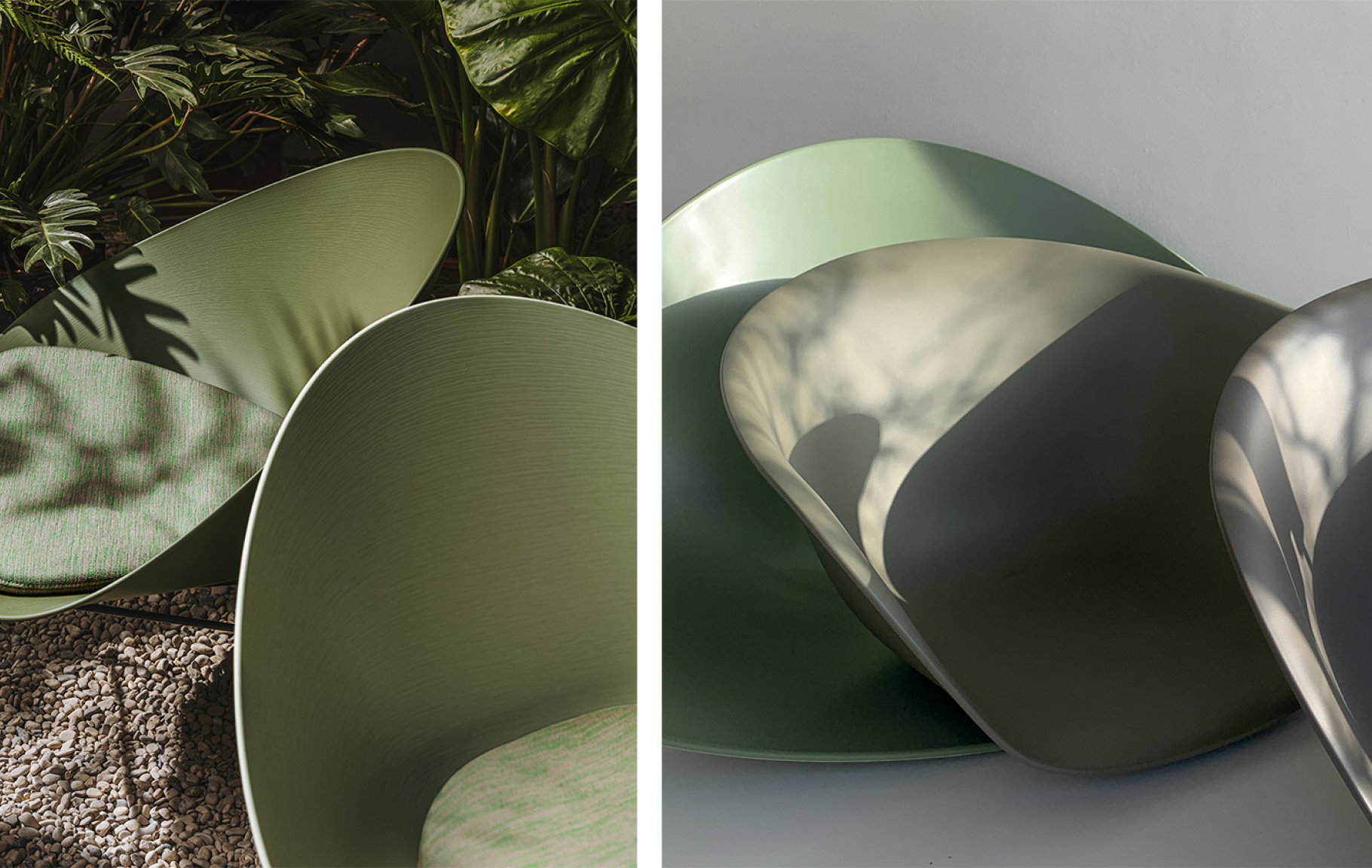

Frank: Given the enormous number of labels we’re confronted with, I’m afraid certification doesn’t have any impact unless there’s a credible face or a credible brand behind it. In my opinion, there are two aspects to the challenge companies have to master when it comes to sustainable business practices – especially in sectors that have to convince consumers. On the one hand, they have to embrace the complexity of sustainability on the production side of things and make it transparent. And on the other hand, they have to simplify that complexity so that they can communicate their own answers and solutions effectively. Because let’s be honest: how many people really read and understand a sustainability report? Without transparency in both processes, there can be no credibility.
Jeannette: I think “process” is the key word here. A process takes time and experience. Take Arper, for instance: the company has had a sustainability department since 2005, and right from the start it’s strived for an approach based on life cycle assessment – it’s very sophisticated and the only one I know that seems genuinely consistent. Sometimes, certificates are a bureaucratic barrier to imports. But certification like the EPD label (Environmental Product Declaration) are a meaningful way to make products transparent, quantifiable and therefore comparable. That’s really the only way to enable people to make a conscious choice. Nor should the question of design and sustainability be limited to the issue of carbon reduction. I think it makes much more sense to replace the old, linear way of thinking with holistic thinking that permits complexity, uncertainty and contradictions instead of just trying to create the illusion that there’s one single, easy answer. The design approach and answers can range from ecosophy, conservation, restorative design, biodesign, saving energy, re-use, recycling or life cycle models all the way to raising awareness of beauty and protecting the things we love.
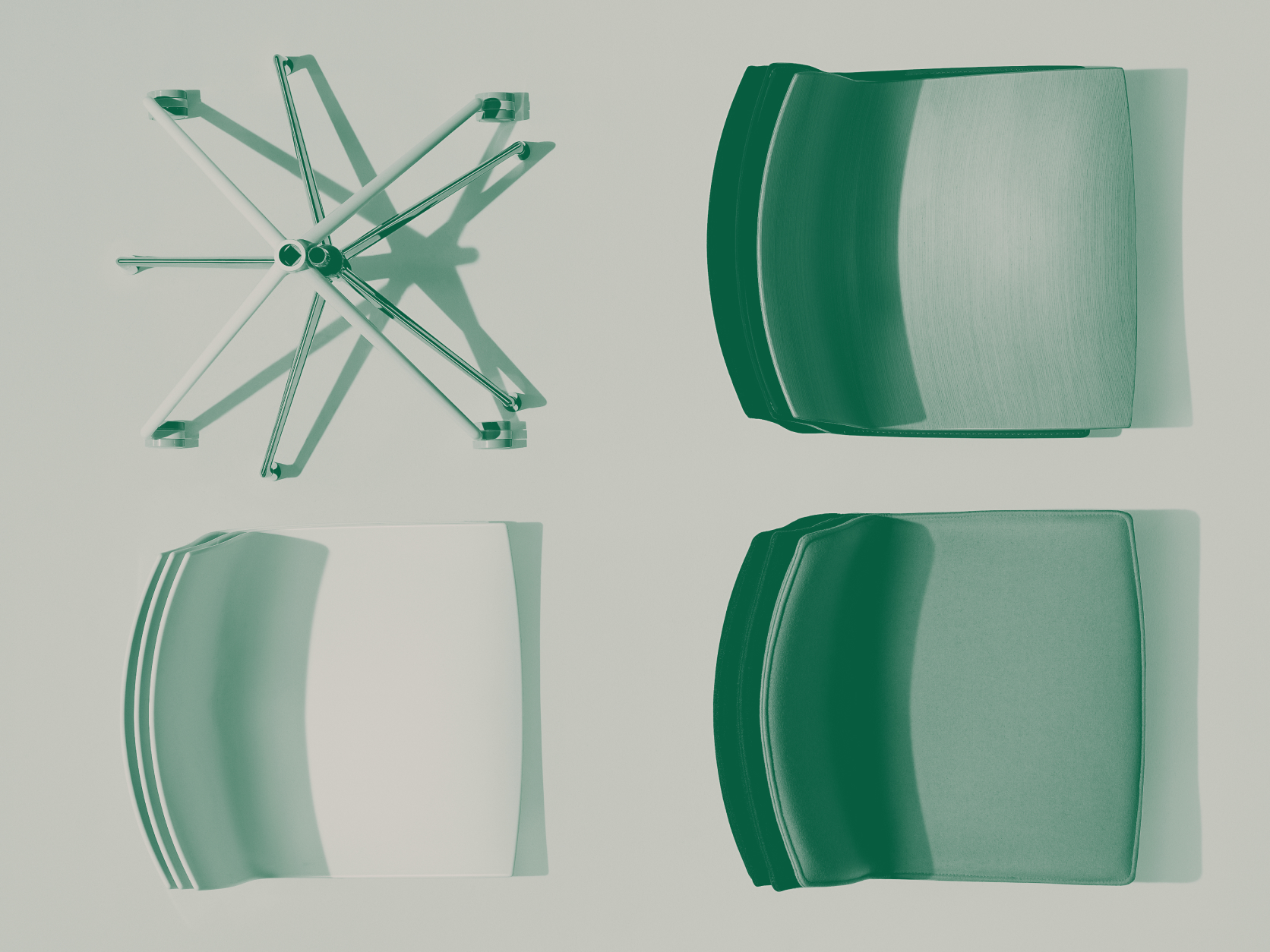

Frank: Absolutely. It’s fascinating to see how the sustainability debate is having an impact in all areas of life – not just with regard to consumption, but in terms of social standards and lifestyle as well. Even without the latest book by Naomi Klein (Green New Deal), it doesn’t take much to realise that the climate crisis is a challenge that affects every single area of every single society. It’s the same as the climate model: if you change any one aspect, the entire dynamic changes – whether you’re talking about the Gulf Stream or global financial transactions. But I think that represents an opportunity as well.
Jeannette: Yes, a society can learn too. And companies are also evolving and reacting to the latest findings and insights. They, too, share the same experiences as we do and are changing as a result. A company like Arper, where this process has already been underway for 15 years, might find that encouraging and communicate its activities more intensely – despite the risk of being accused of greenwashing. And just because you can’t please everybody all the time in our media-driven world, we shouldn’t let that stop us from taking the steps needed to keep the empirical process going.
Frank: In that respect, the demand for sustainable business practices in the finance sector is encouraging.
Jeannette: At the end of the day, does the reason why you do something really make any difference as long as the result can be taken seriously? The same debate is taking place among ethics experts. First and foremost, it’s doing the right thing that matters – and if you get support for that from the financial world, all the better, because it’s all the more effective. Sustainability doesn’t happen by itself; it takes a lot of time and money, which is why as a rule it’s premium brands who are willing and able to invest the necessary resources. Systems like the EPD label are extremely complex and tie up resources – i.e. they cost money, time and manpower.
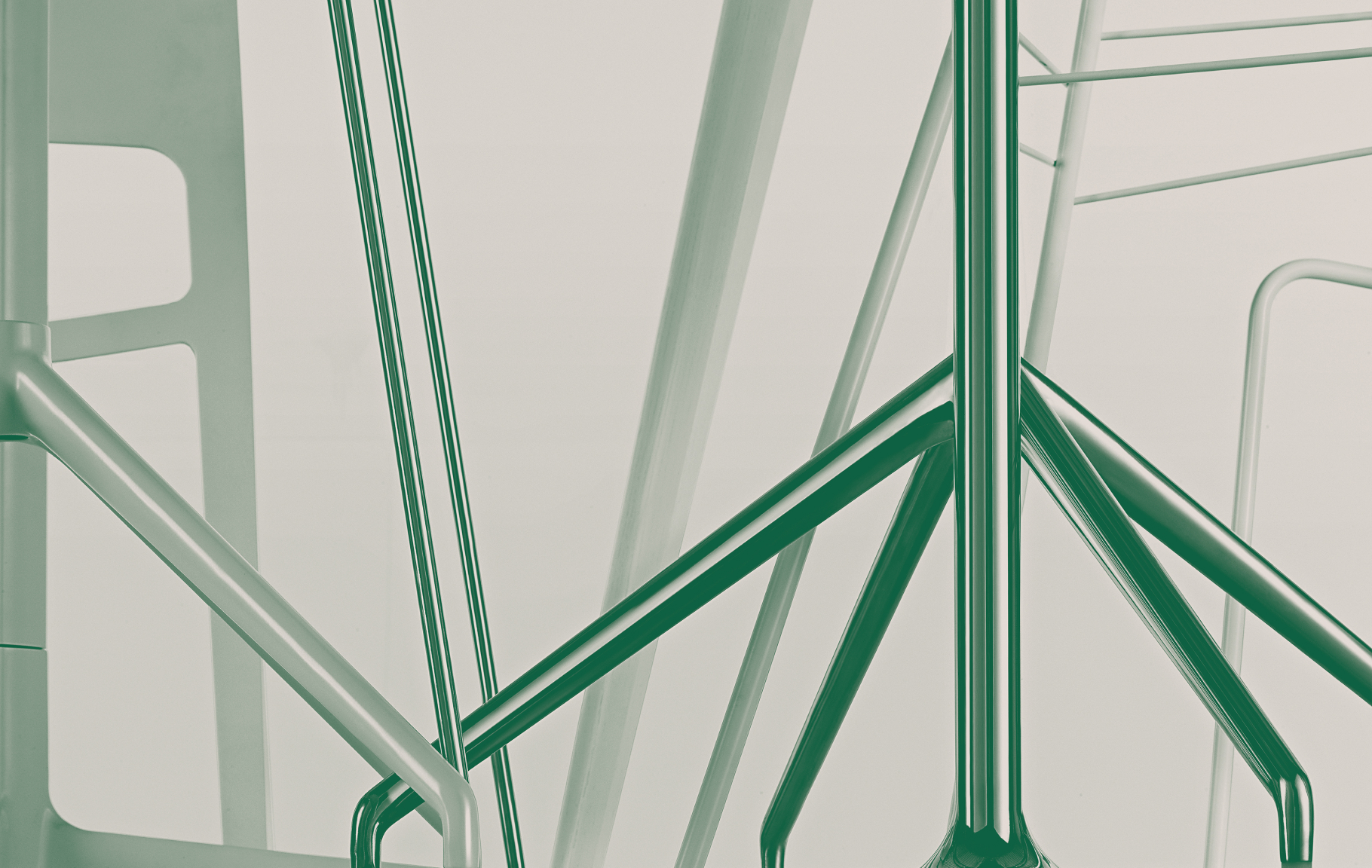

Frank: Even if we shouldn’t ignore the motives involved, we can hardly afford to miss out on that kind of opportunity. There are prejudices about business just as there are prejudices about consumers, who supposedly only want to buy cheap and can’t be expected to understand complex issues or make the right decisions. Pointing out and questioning clichés like that is part of the societal debate we find ourselves in.
Product designer Jeannette Altherr and her partners Alberto Lievore, Delphine Désile and Dennis Park collaborate across various constellations. They specialize in product design & development, strategic consulting, creative direction, art direction, and ephemeral architecture for internationally recognized design companies.
The holistic approach of their creative concepts from product design to its communication with a humanist character and the search for the essential – combined with a sensibility that transmits harmony and balance – characterizes the work of the studio.
Cologne-based design journalist and trend researcher Frank A. Reinhardt (far.consulting) is an expert on trends in the furnishing and interiors sector, a sought-after juror for design competitions, a frequent speaker and moderator at various industry forums and the publisher of a number of studies based on design and consumption research.
